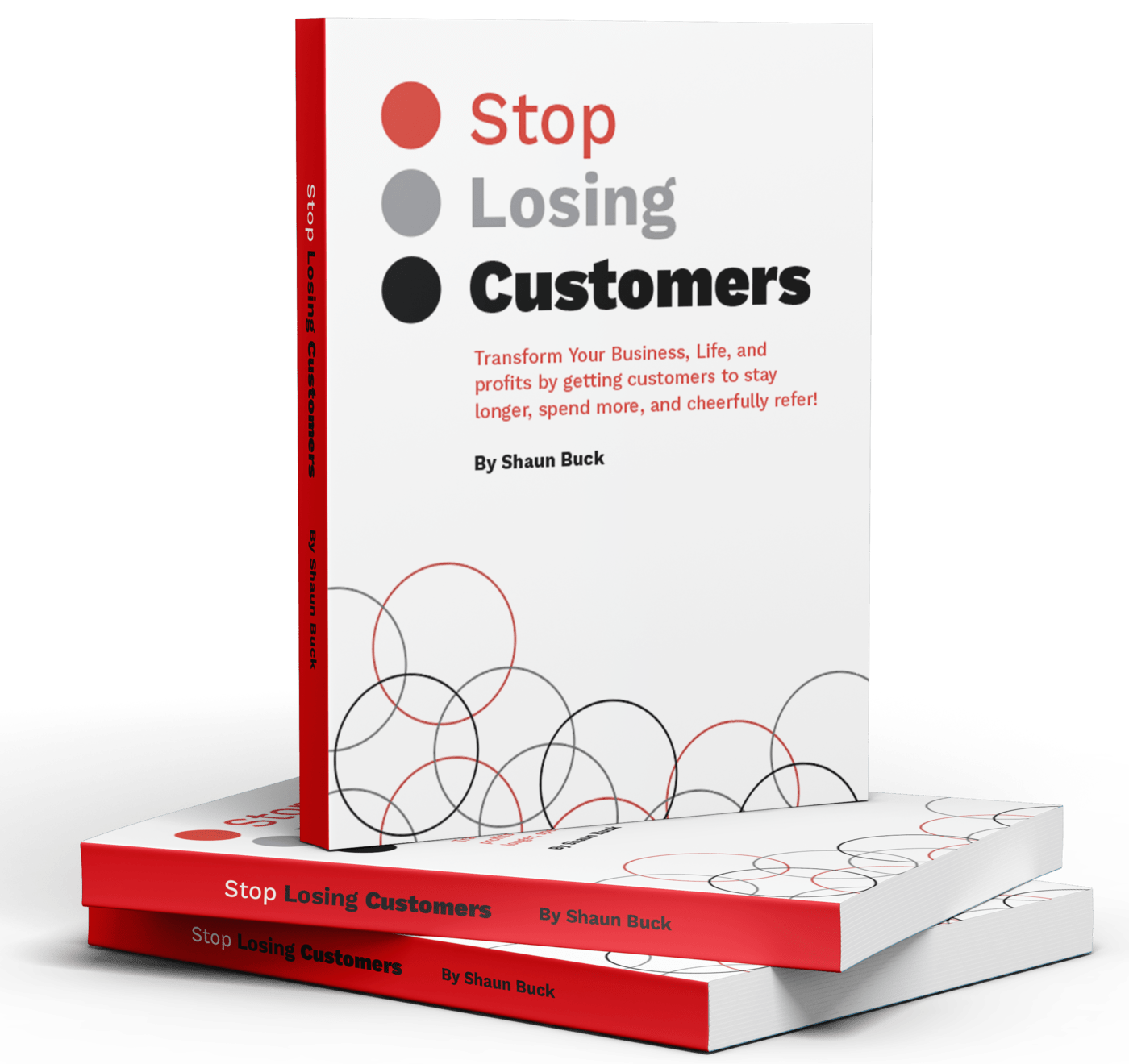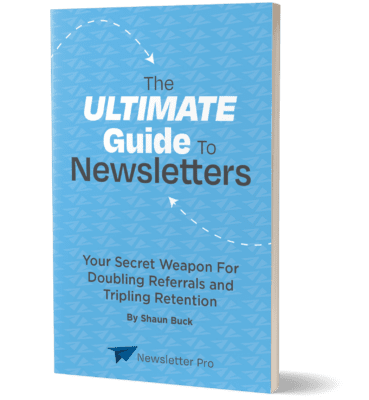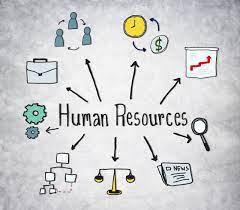In today’s digital age, inboxes are flooded with messages vying for attention. To stand out, businesses must find ways to ensure their newsletters are opened and read. One of the most effective strategies is personalization. By customizing content to suit the preferences and behaviors of individual subscribers, businesses can significantly improve open rates and engagement. This article explores the power of personalization in newsletters and offers actionable tips on how to tailor your emails effectively.
Understanding Personalization in Newsletters
Personalization in newsletters goes beyond simply addressing a subscriber by their first name. It involves leveraging data and insights to create customized content that resonates with each recipient. This approach considers factors such as past behaviors, purchase history, and demographic information. When done correctly, personalization can create a more engaging and meaningful experience for subscribers.
The Depth of Personalization
Personalization isn’t just about using someone’s name. It delves into understanding the preferences and the digital footprint of your subscribers. By analyzing browsing behaviors, previous purchases, and interaction history, businesses can craft messages that speak directly to the interests of their audience. This deeper connection fosters a sense of understanding and relevance, which can be pivotal in maintaining subscriber loyalty.
Emotional Connection Through Personalization
When subscribers receive content that resonates with them on a personal level, it creates an emotional connection. This connection goes beyond the transactional nature of most business communications. Personalized newsletters can evoke feelings of recognition and appreciation, making subscribers feel valued and understood. This emotional bond can significantly enhance brand loyalty and customer retention.
The Impact on Customer Satisfaction
Personalized newsletters can lead to higher customer satisfaction by providing subscribers with relevant information and offers. When recipients find value in the content they receive, they are more likely to engage with the brand positively. This satisfaction not only improves open rates but also enhances the overall customer experience, leading to more favorable word-of-mouth promotion and brand advocacy.

The Role of Audience Segmentation
Before diving into personalization, it’s crucial to understand the concept of audience segmentation. Segmentation involves dividing your subscriber list into smaller, more targeted groups based on shared characteristics or behaviors. This allows you to tailor your content to the specific needs and interests of each segment, making your newsletters more relevant and engaging.
Demographic Segmentation Techniques
Demographic segmentation involves categorizing your audience based on quantifiable data such as age, gender, income level, or geographic location. This method allows businesses to create content that is specifically tailored to the demographics of each segment, ensuring that messages are relevant and engaging for each group. By understanding the demographic makeup of your audience, you can deliver more targeted marketing messages.
Behavioral Segmentation Insights
Behavioral segmentation focuses on the actions and behaviors of your subscribers. This includes their purchase history, browsing patterns, and interaction with previous emails. By leveraging this data, you can identify trends and preferences within different segments, allowing you to create more personalized and effective marketing campaigns. Behavioral insights enable you to predict future behaviors and tailor your content accordingly.
Interest-Based Segmentation Approaches
Interest-based segmentation involves understanding the specific interests and preferences of your subscribers. This can be achieved through surveys, preference centers, or analyzing past interactions. By categorizing subscribers based on their interests, you can deliver content that resonates with their passions and hobbies, leading to higher engagement and conversion rates. This approach ensures that your newsletters are always relevant and valuable to your audience.
Crafting Personalized Emails
Once you have segmented your audience, it’s time to craft personalized emails. Here are some strategies to help you get started:
Utilizing Dynamic Content
Dynamic content allows you to tailor different parts of your email based on the recipient’s data. For instance, you can display specific product recommendations based on a subscriber’s past purchases or show location-based offers. This level of customization can make your newsletters feel more relevant and engaging. Dynamic content adapts to the needs and preferences of each subscriber, enhancing the overall user experience.
Crafting Effective Subject Lines
The subject line is the first thing recipients see, and it’s crucial to grab their attention. Personalize subject lines by including the recipient’s name or referencing past interactions. A personalized subject line can increase the likelihood of your email being opened. By crafting subject lines that speak directly to the interests and needs of your audience, you can capture their attention and encourage them to open your emails.
Creating Content for Different Segments
Create different versions of your newsletter for each audience segment. For example, if you run an online clothing store, you might send one version of your newsletter featuring men’s fashion to male subscribers and another version highlighting women’s fashion to female subscribers. This tailored approach ensures that each recipient receives content relevant to their interests. By delivering personalized content, you can improve engagement and drive conversions.
Implementing Personalized Visuals
Visual elements in emails can also be personalized to enhance engagement. This includes using images, colors, and layouts that resonate with different segments. By aligning the visual elements of your email with the preferences of your audience, you can create a more cohesive and personalized experience. Visual personalization can capture attention, evoke emotions, and reinforce the message of your email.
Leveraging Technology for Personalization
Incorporating technology can streamline the personalization process and enhance your newsletters. Here are a few tools and techniques to consider:
Advanced Email Automation Platforms
Email automation platforms like Mailchimp, HubSpot, and SendinBlue offer robust personalization features. These platforms allow you to set up automated workflows, segment your audience, and deliver dynamic content, all of which contribute to a more personalized subscriber experience. Advanced automation tools enable you to create complex campaigns with minimal effort, ensuring that your newsletters are always relevant and timely.
Integrating CRM Systems
Integrating your CRM system with your email marketing platform can provide valuable insights into subscriber behavior and preferences. This data can be used to craft more relevant and personalized emails, helping you build stronger relationships with your audience. CRM integration enables you to track interactions across multiple touchpoints, allowing you to deliver a seamless and personalized customer experience.
Conducting Effective A/B Testing
A/B testing involves sending two variations of an email to different segments of your audience to determine which version performs better. Use A/B testing to experiment with different subject lines, content, and personalization techniques to find out what resonates best with your subscribers. By analyzing the results of your tests, you can optimize your email campaigns and improve their effectiveness.
Utilizing Artificial Intelligence and Machine Learning
Artificial intelligence and machine learning technologies can further enhance personalization efforts by analyzing vast amounts of data to predict subscriber preferences and behaviors. These technologies can automate the personalization process, allowing businesses to deliver highly targeted content with minimal effort. By leveraging AI and machine learning, you can continuously optimize your email campaigns and drive better results.

Measuring the Impact of Personalization
To ensure your personalization efforts are effective, it’s important to track and measure their impact. Key metrics to monitor include:
Analyzing Open Rates
Open rates indicate the percentage of recipients who open your email. A higher open rate suggests that your personalization strategies are working. By analyzing open rates, you can determine which subject lines, content, and personalization techniques resonate with your audience. This data can help you refine your strategies and improve the effectiveness of your email campaigns.
Monitoring Click-Through Rates
Click-through rates measure the percentage of recipients who click on links within your email. This metric shows how engaging your content is. By monitoring click-through rates, you can identify which elements of your email are driving engagement and which are not. This information can be used to optimize your content and improve the overall performance of your email campaigns.
Evaluating Conversion Rates
Conversion rates reflect the percentage of recipients who complete a desired action, such as making a purchase or signing up for a webinar. Higher conversion rates indicate the success of your personalized content. By evaluating conversion rates, you can assess the effectiveness of your personalization efforts and make data-driven decisions to improve your strategy.
Gathering Subscriber Feedback
In addition to quantitative metrics, gathering qualitative feedback from subscribers can provide valuable insights into the effectiveness of your personalization efforts. Surveys, polls, and direct feedback can help you understand how your audience perceives your newsletters and identify areas for improvement. By incorporating subscriber feedback into your strategy, you can create more relevant and engaging content.
Overcoming Challenges in Personalization
While personalization offers numerous benefits, it’s not without its challenges. Some common obstacles include:
Addressing Data Privacy Concerns
With increasing concerns about data privacy, it’s important to be transparent about how you collect and use subscriber data. Ensure you comply with regulations such as GDPR and provide subscribers with the option to manage their preferences. By addressing data privacy concerns, you can build trust with your audience and enhance the effectiveness of your personalization efforts.
Ensuring Data Quality and Accuracy
Personalization relies on accurate and up-to-date data. Regularly clean and update your subscriber lists to ensure the information you use is reliable. Implementing a preference center can also help subscribers provide accurate data about their interests and preferences. By maintaining high data quality, you can deliver more relevant and personalized content.
Managing Resource Constraints
Personalization requires time and resources, which can be challenging for small businesses with limited budgets. Start small by focusing on key segments and gradually expand your personalization efforts as you gather more data and insights. By managing resource constraints effectively, you can maximize the impact of your personalization strategy and achieve better results.
Navigating Technology Integration
Integrating new technologies and platforms can be complex and time-consuming. It’s important to choose solutions that align with your business goals and have the flexibility to scale as your needs evolve. By carefully navigating technology integration, you can streamline your personalization efforts and enhance the effectiveness of your email campaigns.
Conclusion
Personalization is a powerful tool for improving newsletter open rates and engagement. By understanding your audience, leveraging technology, and crafting tailored content, you can create more meaningful connections with your subscribers and drive better results for your business. Remember to continually monitor and refine your personalization strategies to ensure they remain effective in an ever-evolving digital landscape. As you embrace personalization, you will not only enhance your email marketing efforts but also build lasting relationships with your audience.
Contact Newsletter Pro for Quality Newsletters
Ready to elevate your email marketing game with personalized and engaging newsletters? Contact Newsletter Pro today! Our team of experts is dedicated to helping you create high-quality newsletters that resonate with your audience and drive results. Don’t miss out on the opportunity to enhance your subscriber engagement and boost your open rates. Reach out now to get started!






